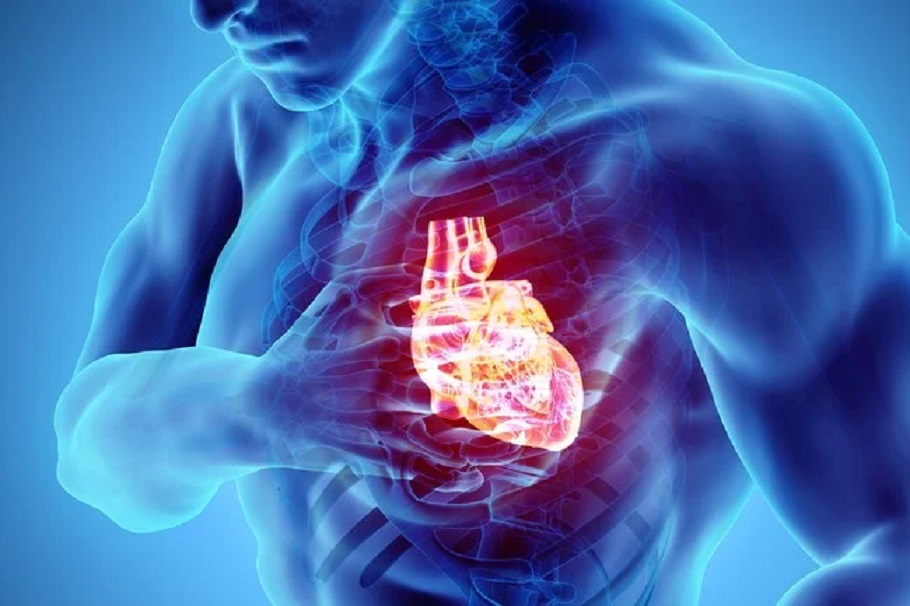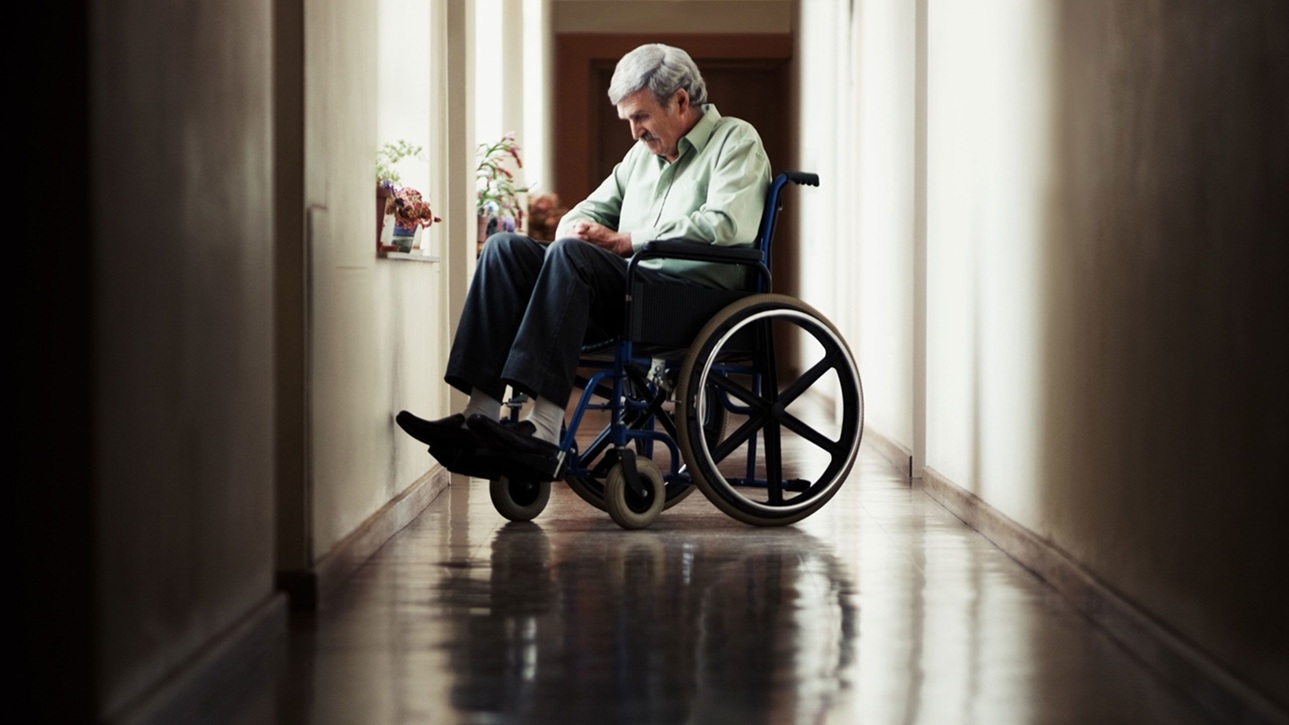A number of celebrities have died young in the last few years. Some just dropped dead. They were described to be in the pink of their health. So what happened?
Due to odd reasons, ‘cutting open’ a dead body of our departed soul is not acceptable in India, and we don’t accord permission for a post-mortem. Hence, the ‘Cause Of Death’ goes down as ‘Cardiopulmonary, Cause unknown’. Many, non-medical persons think that it was a heart attack. They are wrong. A person who drops dead suddenly has died of CARDIAC ARREST (CA) leading to Sudden Cardiac Death and, not a Heart Attack.
A CA is a sudden event usually without a major warning. The heart stops pumping, and the person becomes unconscious and falls down. If help is not given by a trained person in the first few minutes, the person usually dies. This is because the vital centres of the brain and other organs stop receiving fresh blood and oxygen. The pumping of the heart generally stops because of an electrical conduction issue which keeps the heart pumping rate at a particular pace and rhythm.
Causes
In people of older age group, many CA cases occur in those who have had a Heart attack. These people, for some reason, develop arrhythmia, (usually Ventricular Fibrillation) and if untreated, may get a CA. Lastly, a person who has high cholesterol and plaques in the arteries of the heart (coronary arteries) may develop CA if the blockage is severe. In younger people, the causes may be different.
Let’s list all the causes:
- Arrhythmia
- Cardiomyopathy or thickened heart muscles. Congenital (since birth) or due to a disease or old age.
- HA or heart failure leading to arrhythmia.
- Pacemaker failure
- Choking, drowning, or electrocution.
- Drug abuse, excessive alcohol intake.
- A sudden drop in blood pressure.
- Effects of extreme cold – hypothermia.
- Sudden unaccustomed exercise by people with undetected, congenital deformities inside the heart. This is an important cause in the young.
- Under stress
As post-mortems are either not done or not done by a well-trained person (as it happens in most towns of our country), these conditions are missed. However, in most developed countries, CA leading to Sudden Cardiac Death is investigated thoroughly and discussed by a team of Forensic Medicine specialists, Pathologists and Cardiologists.
Can We Detect CA?
In most cases, we may not be able to detect it. However, a more sensitive person, who has prior knowledge, may be able to decipher some warning signals, such as:
- A faster heartbeat.
- Lightheadedness or dizziness.
- Shortness of breath.
- Chest pain.
- Nausea or vomiting.
How to Detect CA for an Unconscious Person?
- A person is either not breathing or breathing abnormally with gasping sounds.
- Does not respond to verbal communication.
- Does not respond to physical touch or pinch.
- Has no heartbeat.
Cardiac Arrest and Heart Attack – Differences

| Cardiac Arrest | Heart Attack |
|---|---|
| The heart stops functioning due to an electrical defect. | Blood flow is severely blocked in one or more coronary arteries. |
| Occurs suddenly. The person usually drops unconscious to the ground. | Blockage builds over a period of time but the blood supply usually gets cut off in one portion of the heart. The person is generally conscious, if aware, can ask for emergent help. |
| A person may die in a matter of minutes if not revived by a bystander who is aware of Cardiopulmonary resuscitation (CPR) | Generally doesn’t cause sudden death. Death of tissues of the affected portion of the heart may also occur after half an hour more if left untreated. Bystanders need not have special knowledge or skills. However, they need to be aware of the symptoms and the need to take the person to the nearest hospital with a Cardiac care unit. |
| Automated External Defibrillators may save the victim if they didn’t get revived by CPR. | Defibrillators are not required. Action may be taken by the attendant (friend, coworker, or relative) as suggested in my earlier articles. |
Anyone can be a bystander to our relative, friend, coworker, or just a stranger who suddenly falls unconscious. If we have the knowledge and confidence, we may save the life of a presumably dead person. Though no accurate figures are available, it is estimated that around 7,00,000 persons die every year in our country because of Cardiac Arrest.

An Event
Triveni was in the kitchen preparing breakfast when she heard a loud thud. Children were off to school and Ritesh was in his home office cum gym, so why the noise she thought. Involuntarily she shouted, “Ritesh, what fell down?” Hearing no reply, she rushed to that room and was aghast to see her 34-year-old, physically fit husband lying on the floor. She shouted his name once more and shook his arm. It fell on one side, lifeless. She turned him flat on his back and checked for breathing and heart movement. Zilch, nothing. She was quite calm and knew what she needed to do. This was because she had attended an online meeting on Cardio Pulmonary Resuscitation, CPR when she had lost her job due to the Lockdown. She first called an ambulance by dialling 102. She explained the issue, asked the ambulance to come to her home, and requested the medical assistant training in Emergency Response to keep guiding her with CPR. Within 3 minutes the ambulance was outside their home. The medical assistant came with an Automatic External Defibrillator, AED. After two shocks, Ritesh was revived and taken to the hospital for observation and investigations.
Does this sound too good to be true? Especially for our country? Well, the actual story is of Karen, 2017 who was based in Australia. Despite being in her 8th month of pregnancy, she continued to do CPR till the ambulance arrived. She didn’t give up for a whole 10 minutes which is like running 2 km at a fast pace; admirable for a person in the 37th month of pregnancy. As mentioned in the story above, her husband survived thanks to the CPR and the AED shocks.

If this was a story in India, this young widow would have been ‘running’ to and fro to government and insurance officers for financial security after the death of her husband. Indian urban couples these days may have the same or better education background than their ancestors. However, the new generation still continues to be ‘God fearing’ people who believe in ‘kismet’. We do not believe in upgrading our knowledge and skills in the field of health. In India, we even deny a postmortem in such cases because of which the exact cause of Cardiac Arrest in young, physically fit Indians remains an enigma. It is high time we come out of our mindset – ‘This cannot happen to me or my family members.’
How to React to a CA
- Check and confirm the person’s response to your verbal command and the physical action of a mild pinch.
- Call for help. If another person is at the site, ask him/ her to call 112 or 102 or 108. Ask for an ambulance ASAP, preferably with an AED and an appropriately trained medical assistant.
- Check for signs of breathing and pulse. Place/ drag gently the patient to a flat, hard surface – floor, road, or table. Keep away from electrical wires.
- Push back the forehead and lift the chin with another hand, and see the inside of the mouth for any obstruction. Recheck breathing sound. All these actions shouldn’t take more than a minute.
- If the person’s heart has stopped and/ or his breathing has stopped or is having gasps, CPR should start immediately.
- Rescue breaths. These are best avoided by amateurs unless the patient is a child below 12 years of age.
Cardio Pulmonary Resuscitation (CPR)
See the video for a better understanding of HOW TO PERFORM CPR.
There is a need to also sneak inside the body to see what is happening there. Please watch another video that explains why the speed and pressure you apply during CPR are critical. CPR IN ACTION: A 3D VIEW INSIDE THE BODY.
CPR can be practised on a pillow first. Having gained confidence, it can be practised on friends or spouses, taking care that the chest is NOT COMPRESSED as in the video. A two-inch compression in a live person is quite painful and may accidentally break a rib. Refreshing the practice or watching videos every six months or so is necessary to stay up to date.
In case of a Cardiac Arrest, please don’t depend on ‘Luck by Chance’. Only CPR will save the life. Additionally, there is a need to raise our voice for having an Ambulance with a functioning AED and a medical assistant trained in CPR as well as in using AED, readily available. These should be near sporting venues, entertaining performances locations, and in every place where a public gathering takes place- malls, colleges, universities as well as large public and private offices. Sportsmen, as well as entertainers (who dance vigorously), should be screened by a sports medicine specialist. They should follow the ‘graded increase in an exercise regime,’, especially after a break of a fortnight or more. Seek medical advice if there is anything unusual in health status. And remember bravado thrills, but false bravado kills. Save telephone numbers of ambulance and medical/ accident emergencies on your mobile phone.
Disclaimer: The views and opinions expressed by the author do not necessarily reflect the views of the Government of India and Defence Research and Studies
Article courtesy: https://genkris.wordpress.com
Title Image Courtesy: Medicinenet









